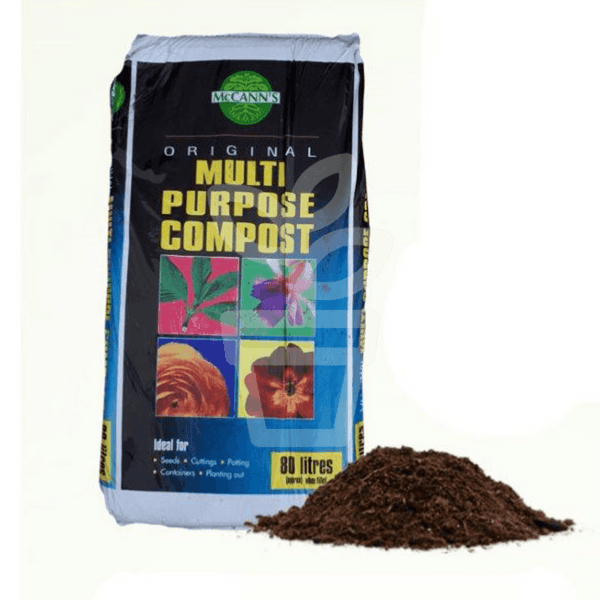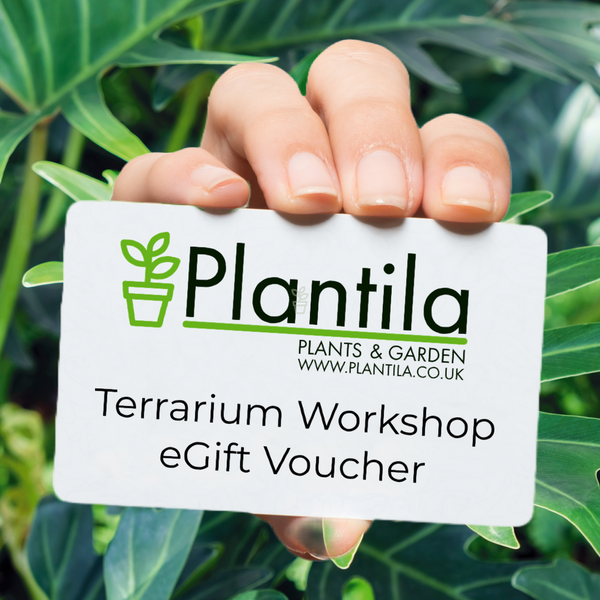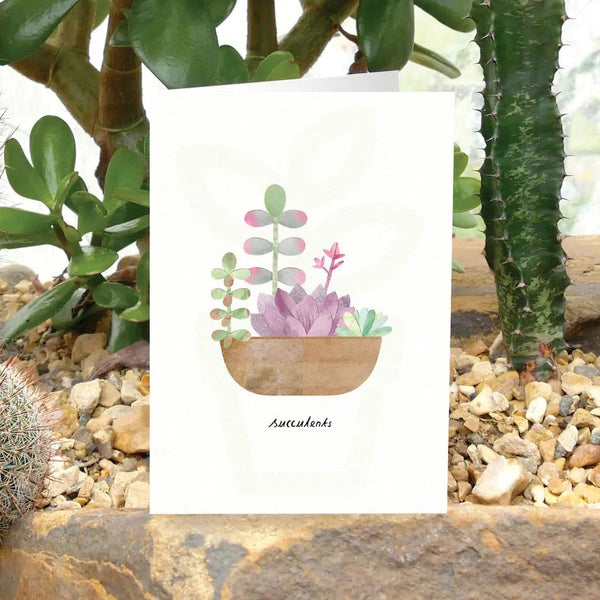Today, there are dozens of types of composts available in the shops
All that choice can be confusing and overwhelming. It’s hard to tell what the differences are and if you are using the right compost.
So here’s a handy guide to potting compost types, mixes and uses.
By compost, we don’t mean the recycled compost you get out of the compost bin. This is a soil improver and should never be used to fill pots or seed trays. It would be like putting young plants in pure manure mixture, and will definitely kill them.
You need the bags of compost that are designed for pots, which is why it is called potting compost.
And you also don’t want to use topsoil in containers. This is designed for topping up borders and filling raised beds. Ordinary garden soil does not have enough nutrients or water retention to be used in pots.
Seed compost
Seed compost is a mixture designed for sowing seeds into. It’s finer and less lumpy than standard potting compost, and is also light and well-drained.
You can also use seed compost to repot seedlings and young plants. But it doesn’t have enough nutrients to support larger plants.
Multi-purpose compost
This is also called general purpose compost. It’s a middling mix between seed compost and potting compost, and can be used as a substitute for either.
Multi-purpose compost is the best choice if you’re planting small patio pots, hanging baskets, herbs, leafy salads and flowering bedding plants.
Special composts
The composts above will suit most plants and growing situations. But there are other types of compost for specific purposes and plants.
Ericaceous Compost is designed for acid-loving, lime-hating plants like camellia and azalea’s. This can be used to great effect in pots, planters, beds and borders.
Container and hanging basket compost is supplemented with water-retaining crystals and/or a slow-release fertiliser. This helps plants to last longer and is a good choice if you struggle to water and feed as often. But you can also buy water crystals and feed separately and add to multi-purpose compost.
Houseplant composts are usually in smaller bags for indoor gardeners. You can also buy gritty cactus compost and coarse orchid compost if you need to repot houseplants.
Potting compost tips
Don’t buy too much compost. Only get as much as you will need to use in six to eight weeks. Seal up the bag after use to stop insects and weed seeds getting in.
Store bags of compost in a dry place where they won’t get waterlogged.
Refresh the compost in pots every year or so to replace nutrients. You also need to feed container plants to add extra nutrients to the soil. Apply a liquid fertiliser every two to four weeks during the growing season, or mix in slow-release granules at planting time.
We hope you have found this article informative.



















































